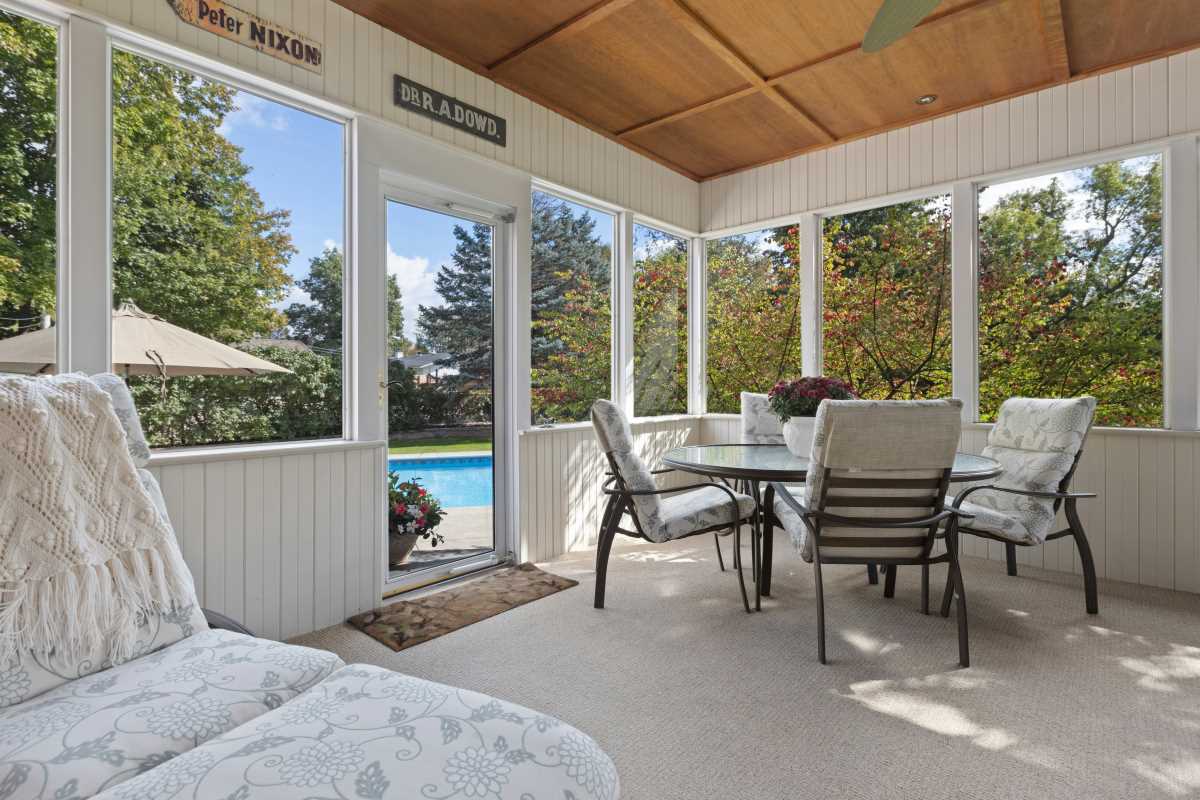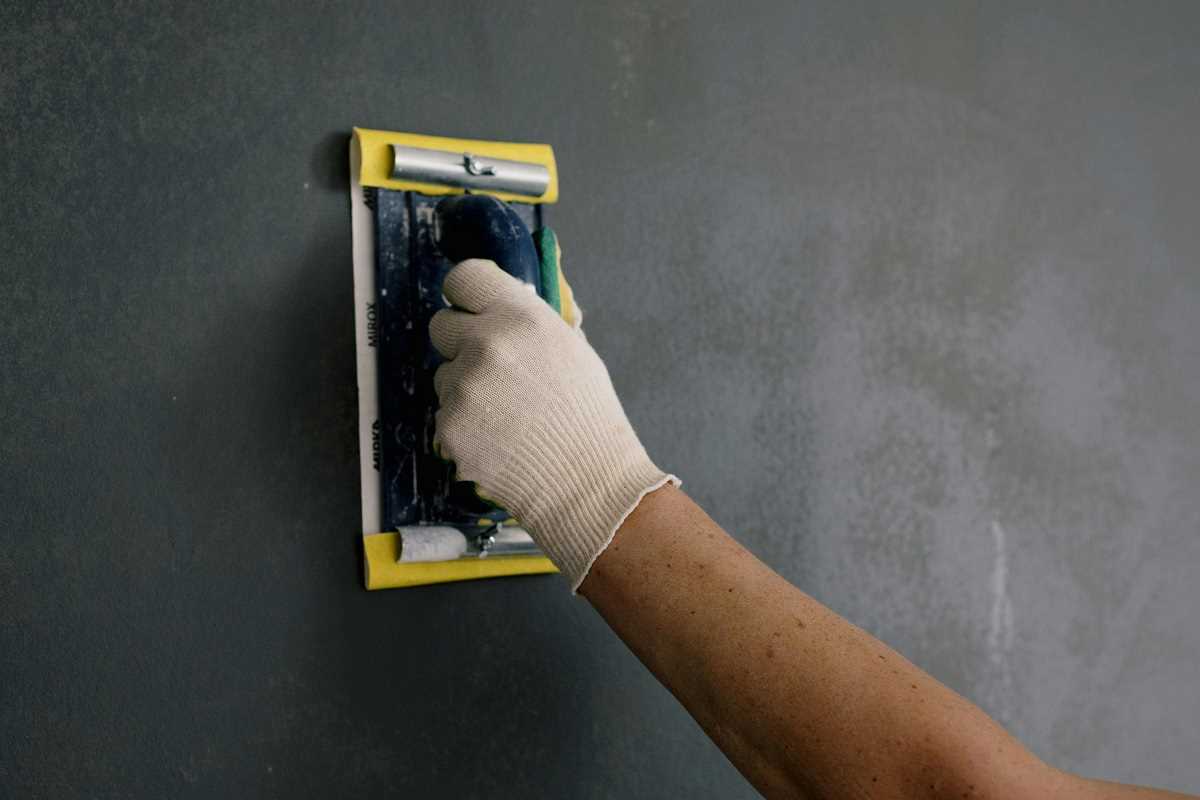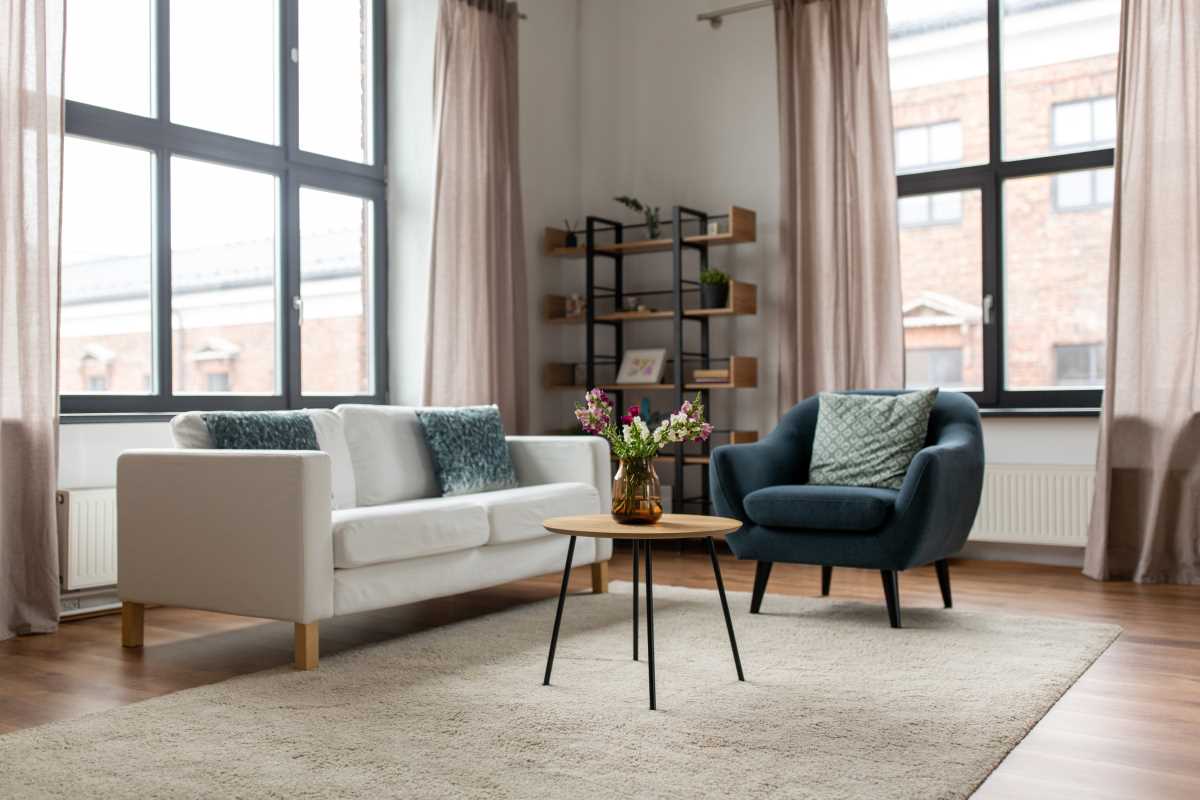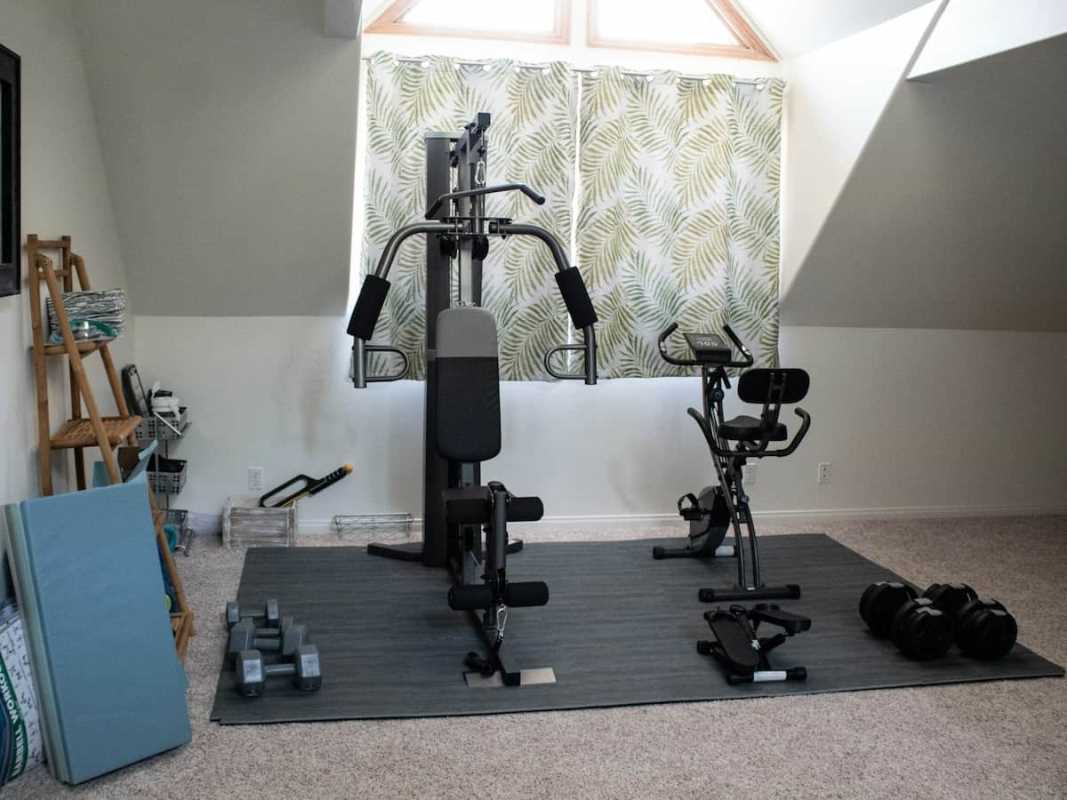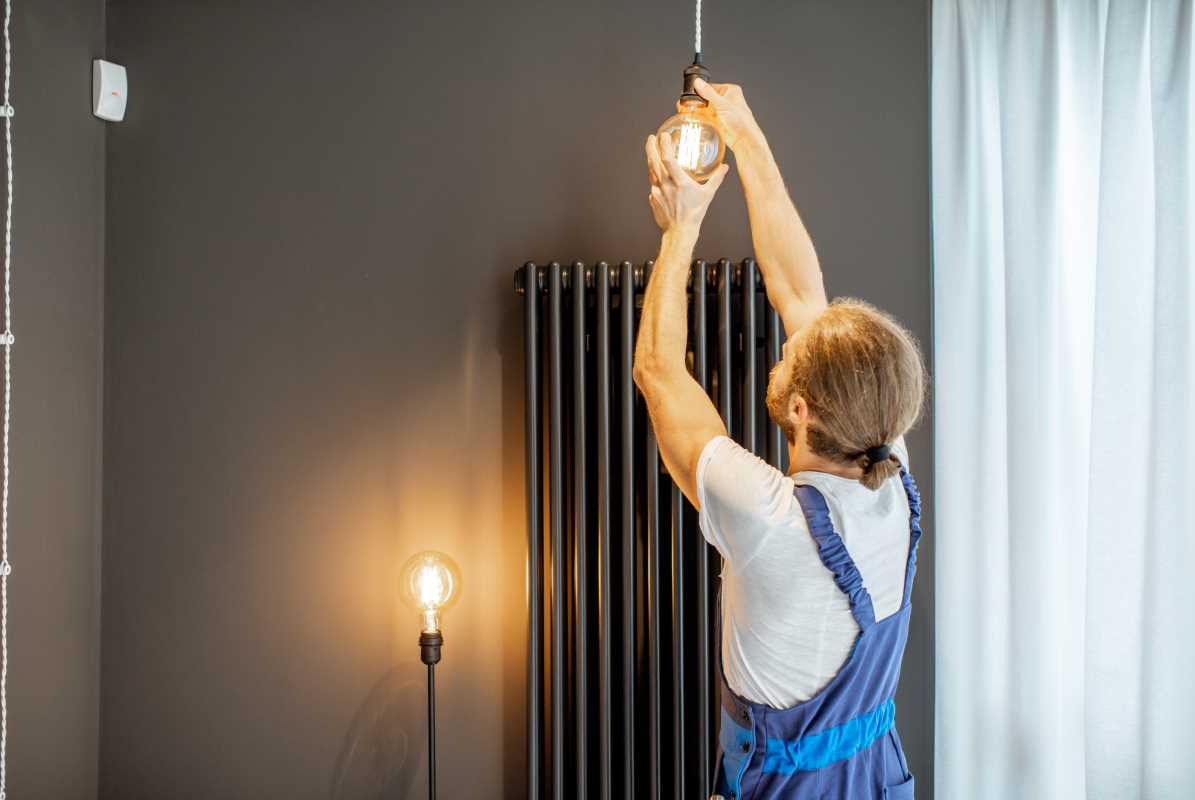Planning a home renovation is a whole vibe. You're scrolling through endless inspo pics, dreaming of that perfect kitchen glow-up or a bathroom that feels like a spa. But turning that dream into a reality can get messy if you're not careful. A reno project is a big deal, and a few common slip-ups can turn your exciting vision into a stressful, budget-busting nightmare.
Don't let your project go off the rails. Knowing the major pitfalls is the first step to a smooth and successful renovation. We’ve rounded up the top mistakes homeowners make so you can dodge them like a pro and create the space you've always wanted.
1. Underestimating the Budget (and Forgetting a Contingency Fund)
This is the number one renovation rookie mistake. It’s easy to get excited and create a budget based only on the fun stuff, like new countertops and cool light fixtures. But there are always hidden costs that pop up.
- The Problem: You budget for what you can see, but you forget about materials like screws and drywall, the cost of debris removal, or unexpected issues like finding old, faulty wiring behind a wall.
- The Fix: Do your research and create a detailed, line-item budget that includes everything from labor to materials to permit fees. Then, add a contingency fund—a buffer of at least 15-20% of your total budget. This isn't "extra" money; it's a realistic safety net for those inevitable surprises. It's the difference between a minor hiccup and a full-blown financial crisis.
2. Hiring the Wrong Contractor (or Going with the Cheapest Bid)
Your contractor is your partner in this project. Hiring someone unqualified or unreliable is a recipe for disaster. It can lead to poor workmanship, endless delays, and major legal headaches.
- The Problem: Choosing a contractor based solely on the lowest bid is a huge red flag. A super-low price often means they’re cutting corners, using cheap materials, or are not properly licensed and insured.
- The Fix: Treat hiring a contractor like a job interview.
- Get Multiple Bids: Talk to at least three different contractors.
- Check Credentials: Make sure they are licensed, bonded, and insured. Ask for proof!
- Ask for References: And actually call them! Ask past clients about their experience.
- Get Everything in Writing: Your contract should be super detailed, outlining the scope of work, a payment schedule, and a projected timeline. An authentic, professional contractor will insist on this.
3. Skipping the Permit Process
"Do I really need a permit for that?" The answer is almost always yes. Permits might seem like a bureaucratic hassle, but they are there to protect you. They ensure that the work is done safely and up to code.
- The Problem: Skipping permits can get you in serious trouble. You could face hefty fines, be forced to tear out completed work, and have major issues when you try to sell your home in the future.
- The Fix: Check with your local building department before you start any work. Your contractor should handle the permitting process, but it’s your responsibility to make sure it’s done. This is a non-negotiable step for any project that involves changing your home’s structure, plumbing, or electrical systems.
4. Having a Vague Plan (or No Plan at All)
Jumping into a renovation without a solid plan is like going on a road trip without a map. You might end up somewhere, but it probably won't be where you wanted to go.
- The Problem: Making design decisions on the fly leads to mistakes, delays, and budget overruns. When you’re under pressure, you’re more likely to settle for something you don’t truly love.
- The Fix: Plan everything out before demolition day.
- Create a Vision Board: Collect images that capture the vibe you want.
- Finalize Your Layout: Know exactly where everything will go.
- Choose All Your Finishes: Select your paint colors, flooring, tile, fixtures, and hardware in advance. Have them ordered and, if possible, on-site before the work begins. This prevents delays caused by backordered items.
5. Focusing Only on Aesthetics and Forgetting Function
That super-trendy, open-shelf kitchen looks amazing on social media, but will it actually work for your lifestyle? It’s easy to get so caught up in the look of a space that you forget about how you need it to function.
- The Problem: You end up with a beautiful but impractical space. Think a stunning bathroom with zero storage or a kitchen with not enough counter space for your morning coffee ritual.
- The Fix: Before you finalize any design, think about your daily routines. How do you move through the space? Where do you need storage? Consider the "work triangle" in your kitchen (the path between the sink, stove, and fridge). A space that is both beautiful and functional is the ultimate goal.
6. Living in a Construction Zone When You Shouldn't
For small projects, living in your home during the renovation can be manageable. But for a major kitchen or full-floor remodel, it can be incredibly stressful and even unsafe.
- The Problem: You’re dealing with constant dust, noise, and a lack of access to essential spaces like your kitchen or bathroom. This can take a serious toll on your mental health and relationships.
- The Fix: Be realistic about the disruption. If the project is massive, consider moving out temporarily. Renting a short-term apartment or staying with family might seem like an extra expense, but it can save your sanity. If you do stay, set up a "safe zone" that is completely separate from the construction.
A successful renovation is all about smart planning and avoiding these common pitfalls. By doing your homework, hiring the right team, and thinking through every detail, you can create a space that’s not only beautiful but also a true reflection of your authentic style.

